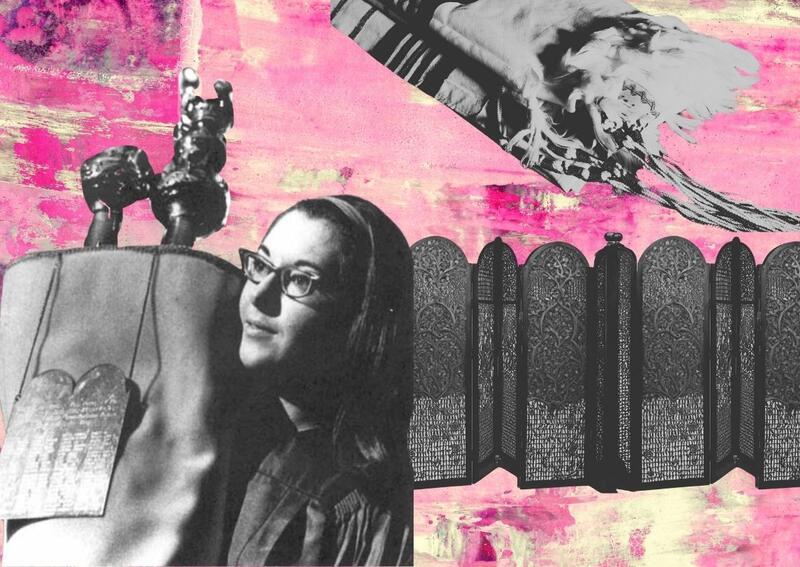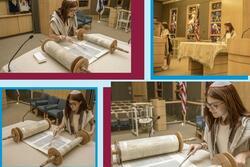Egalitarianism in Jewish Spaces is More than Inclusion
Judaism is historically a patriarchal religion. Ever since its beginning, there was a tradition: men became rabbis, led services at shul, and studied Torah, while most women couldn’t. But then, in the 1960s, the second wave feminist movement took off, and the structure of Judaism changed. At this time, women started gaining more autonomy, and the Equal Pay Act of 1963 and other legislation helped secure women’s rights. This feminist revolution transferred into religious spaces, including Jewish ones. In 1967, Hebrew Union College in Cincinnati, Ohio began admitting women to the program. And in the summer of 1972, they ordained the first woman rabbi in America: Sally Priesand.
This revolution within the Jewish community spread to the Reconstructionist Rabbinical College, which admitted women since its founding in 1968. And only five years later, in 1973, the Conservative movement allowed women to be ordained as rabbis. During this time, a group of Jewish women called Ezrat Nashim collected information on how women were being treated in Judaism and worked to end gender inequities. They even presented their demands to the Conservative Rabbinical Assembly with a manifesto entitled “Jewish Women Call for Change.”
However, this incorporation of gender equality and Judaism did not happen in all circles. Today, more than 50 years after the first woman rabbi was ordained in the United States, much of Orthodox Judaism still does not recognize women rabbis.
I attend a synagogue that is a part of the Conservative Jewish movement. Though it prides itself on its egalitarianism, there is still a divide between men and women—just not one as physical as a mechitzah.
My brother doesn’t usually attend the services at my synagogue. He prefers to run around the immense building with his friends. That is why it was a special occasion when he chose to sit alongside me and my parents as we chanted the repetition of the Amidah. During this prayer, our rabbi walks around the pews and shakes people’s hands, whispering “Good Shabbos.'' But as he came across our family, he noticed something. My brother wasn’t wearing a tallis, even though he had already had his bar mitzvah. In our synagogue, that is what you’re supposed to do. So, the rabbi asked him to go outside and grab one of the shul’s extra tallitot. Of course, my brother took that opportunity to leave the services and hang out with his friends until kiddush. As the Rabbi left, I looked down. I, too, was not wearing a tallis. Why didn’t the rabbi ask me to grab an extra tallis? Was it not as important for me to wear tallit as it was for my brother?
Women are allowed to be rabbis in Conservative Judaism, and yet, all the rabbis that work at my synagogue are men. Even the president of my congregation is a man. It feels just like Rabbi Priesand had said in a video interview with JWA, “Women still are not always considered seriously to be [chosen as] the rabbi of a major congregation.”
Though my synagogue has flaws in the way it handles egalitarianism, there is more equality than at many more “traditional” synagogues: women can read from the Torah, count as part of a minyan, and even wear kippot and tallitot, even though it is evidently not required for women like it is for men.
But my synagogue can do better. Saying that a congregation is egalitarian doesn’t mean it is—recognizing and including all genders takes work, especially in a historically male-dominated religion. It is difficult for me to feel connected to certain mitzvot, knowing that at my synagogue, they don’t care whether I participate in those. I share Rabbi Maya Zinkow’s sentiment that I want to feel obligated to do mitzvot, not just be granted the ability.
In their manifesto presented in 1972, Ezrat Nashim stated, “To educate women and deny them the opportunity to act from this knowledge is an affront to their intelligence, talents, and integrity.” Jewish congregations like my own should not only allow women to take on roles once reserved for men but also make it a priority: not just letting women lead services but encouraging them to. Not just letting women become rabbis, but elevating women rabbis. Not just letting women wear tallitot, but helping people of all genders participate in mitzvot that are meaningful to them.
This piece was written as part of JWA’s Rising Voices Fellowship.








I was raised in a Pennsylvania reform congregation...my grandparents, European emigres, became members early in the last century. My wife is a Hebrew Speaker, raised in a Sephardic family in Israel. My children and I attend services, principally, on high holidays...I wanted to comment here because I continue to consider myself part of the Jewish community. Shalom to all. Feel free to comment, or not.